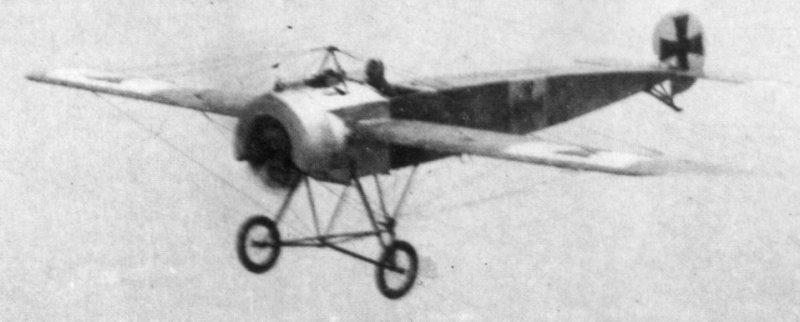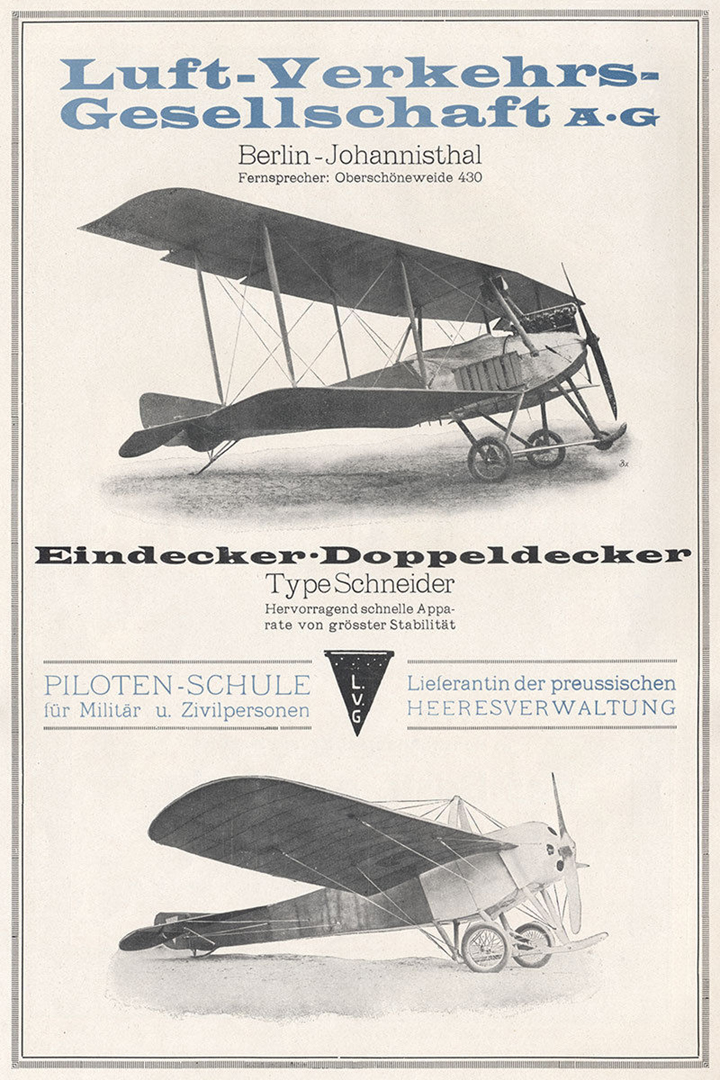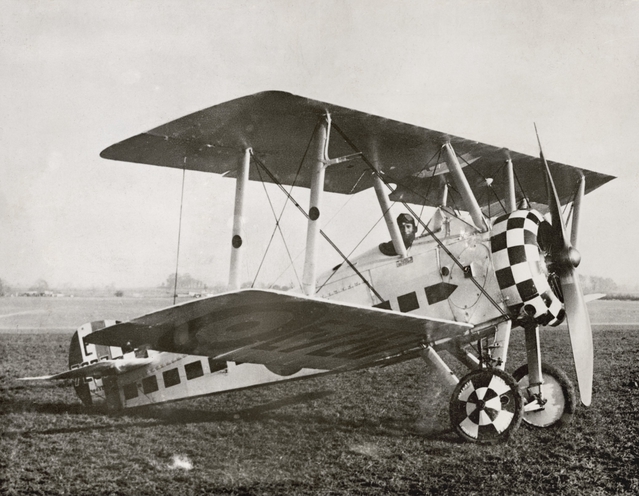|
Lloyd Andrews Hamilton
First Lieutenant Lloyd Andrews Hamilton (13 June 1894 – 24 August 1918) was a World War I flying ace credited with ten aerial victories. During five months of 1918 he became an ace with the Royal Air Force (RAF) and then again with the United States Air Service (USAS). Hamilton Air Force Base is named after him. Early life Lloyd Andrews Hamilton was born in Troy, New York, the only child of Methodist minister Reverend John A. Hamilton and his wife Jennie Andrews Hamilton. He was a bright scholar who took his Baccalaureate Degree ''magnum cum laude'' from Syracuse University in 1916 and was a member of the Psi Upsilon fraternity. He initiated post-graduate studies at Harvard Business School in September 1916. When America entered World War I, he enlisted in the USAS, on 28 April and in May he reported to Plattsburgh, New York, for officer training. Aviation service Hamilton shipped out to England in late 1917 where he trained in early 1918 in an Avro 504, perhaps at RFC Bramham M ... [...More Info...] [...Related Items...] OR: [Wikipedia] [Google] [Baidu] |
Troy, New York
Troy is a city in the U.S. state of New York and the county seat of Rensselaer County. The city is located on the western edge of Rensselaer County and on the eastern bank of the Hudson River. Troy has close ties to the nearby cities of Albany and Schenectady, forming a region popularly called the Capital District. The city is one of the three major centers for the Albany metropolitan statistical area, which has a population of 1,170,483. At the 2020 census, the population of Troy was 51,401. Troy's motto is ''Ilium fuit, Troja est'', which means "Ilium was, Troy is". Today, Troy is home to Rensselaer Polytechnic Institute, the oldest private engineering and technical university in the US, founded in 1824. It is also home to Emma Willard School, an all-girls high school started by Emma Willard, a women's education activist, who sought to create a school for girls equal to their male counterparts. Due to the confluence of major waterways and a geography that supported water power ... [...More Info...] [...Related Items...] OR: [Wikipedia] [Google] [Baidu] |
Harvard Business School
Harvard Business School (HBS) is the graduate business school of Harvard University, a private research university in Boston, Massachusetts. It is consistently ranked among the top business schools in the world and offers a large full-time MBA program, management-related doctoral programs, and many executive education programs. It owns Harvard Business Publishing, which publishes business books, leadership articles, case studies, and the monthly ''Harvard Business Review''. It is also home to the Baker Library/Bloomberg Center. History The school was established in 1908. Initially established by the humanities faculty, it received independent status in 1910, and became a separate administrative unit in 1913. The first dean was historian Edwin Francis Gay (1867–1946). Yogev (2001) explains the original concept: :This school of business and public administration was originally conceived as a school for diplomacy and government service on the model of the French '' Ecole des S ... [...More Info...] [...Related Items...] OR: [Wikipedia] [Google] [Baidu] |
Fokker D
Fokker was a Dutch aircraft manufacturer named after its founder, Anthony Fokker. The company operated under several different names. It was founded in 1912 in Berlin, Germany, and became famous for its fighter aircraft in World War I. In 1919 the company moved its operations to the Netherlands. During its most successful period in the 1920s and 1930s, it dominated the civil aviation market. Fokker went into bankruptcy in 1996, and its operations were sold to competitors. History Fokker in Germany At age 20, while studying in Germany, Anthony Fokker built his initial aircraft, the ''Spin'' (Spider)—the first Dutch-built plane to fly in his home country. Taking advantage of better opportunities in Germany, he moved to Berlin, where in 1912, he founded his first company, Fokker Aeroplanbau, later moving to the Görries suburb just southwest of Schwerin (at ), where the current company was founded, as Fokker Aviatik GmbH, on 12 February 1912. World War I Fokker capitalized o ... [...More Info...] [...Related Items...] OR: [Wikipedia] [Google] [Baidu] |
Observation Balloon
An observation balloon is a type of balloon that is employed as an aerial platform for intelligence gathering and artillery spotting. Use of observation balloons began during the French Revolutionary Wars, reaching their zenith during World War I, and they continue in limited use today. Synonyms include espionage balloon, reconnaissance balloon, or surveillance balloon. Historically, observation balloons were filled with hydrogen. The balloons were fabric envelopes filled with hydrogen gas, whose flammable nature led to the destruction of hundreds of balloons on both sides. Observers manning these observation balloons frequently had to use a parachute to evacuate their balloon when it came under attack. To avoid the potentially flammable consequences of hydrogen, observation balloons after World War I were often filled with non-flammable helium. Typically, balloons were tethered to a steel cable attached to a winch that reeled the gasbag to its desired height (usually 1,000-1,5 ... [...More Info...] [...Related Items...] OR: [Wikipedia] [Google] [Baidu] |
Fokker Dr
Fokker was a Dutch aircraft manufacturer named after its founder, Anthony Fokker. The company operated under several different names. It was founded in 1912 in Berlin, Germany, and became famous for its fighter aircraft in World War I. In 1919 the company moved its operations to the Netherlands. During its most successful period in the 1920s and 1930s, it dominated the civil aviation market. Fokker went into bankruptcy in 1996, and its operations were sold to competitors. History Fokker in Germany At age 20, while studying in Germany, Anthony Fokker built his initial aircraft, the ''Spin'' (Spider)—the first Dutch-built plane to fly in his home country. Taking advantage of better opportunities in Germany, he moved to Berlin, where in 1912, he founded his first company, Fokker Aeroplanbau, later moving to the Görries suburb just southwest of Schwerin (at ), where the current company was founded, as Fokker Aviatik GmbH, on 12 February 1912. World War I Fokker capitalized o ... [...More Info...] [...Related Items...] OR: [Wikipedia] [Google] [Baidu] |
Manfred Von Richthofen
Manfred Albrecht Freiherr von Richthofen (; 2 May 1892 – 21 April 1918), known in English as Baron von Richthofen or the Red Baron, was a fighter pilot with the German Air Force during World War I. He is considered the ace-of-aces of the war, being officially credited with 80 air combat victories. Originally a cavalryman, Richthofen transferred to the Air Service in 1915, becoming one of the first members of fighter squadron ''Jagdstaffel 2'' in 1916. He quickly distinguished himself as a fighter pilot, and during 1917 became the leader of ''Jasta 11''. Later he led the larger fighter wing '' Jagdgeschwader I'', better known as "The Flying Circus" or "Richthofen's Circus" because of the bright colours of its aircraft, and perhaps also because of the way the unit was transferred from one area of Allied air activity to another – moving like a travelling circus, and frequently setting up in tents on improvised airfields. By 1918, Richthofen was regarded as a nati ... [...More Info...] [...Related Items...] OR: [Wikipedia] [Google] [Baidu] |
Richard Raymond-Barker
Richard Raymond-Barker, MC (6 May 1894 – 20 April 1918) was a British aviator and flying ace, credited with six aerial victories in the First World War. He was Manfred von Richthofen's penultimate victim. Family background and education Richard Raymond-Barker was the third son, one of nine children, born to Edward Raymond-Barker and his wife Rose Mary (née Crawford) of Bisley, Gloucestershire. He was born in Forest Gate, Essex (now in London), lived in Bisley, Gloucestershire, and was educated at Wimbledon College. Early service Raymond-Barker was commissioned as a second lieutenant on 30 November 1914, serving in the 12th Battalion, Northumberland Fusiliers. In mid-1915 he learned to fly at the Hall Flying School at Hendon Aerodrome, and was granted Royal Aero Club Aviators' Certificate No. 1460 on 18 July. Raymond-Barker transferred to the Royal Flying Corps on 6 August 1915, completing his pilot training, and being appointed a flying officer on 19 October. He was posted ... [...More Info...] [...Related Items...] OR: [Wikipedia] [Google] [Baidu] |
LVG C
Luftverkehrsgesellschaft m.b.H. (L.V.G. or LVG) was a German aircraft manufacturer based in Berlin- Johannisthal, which began constructing aircraft in 1912, building Farman-type aircraft. The company constructed many reconnaissance and light bomber biplanes during World War I. The raid on London in 1916 was conducted by one LVG C.IV. It dropped its bombs near London Victoria station, but was shot down by French anti-aircraft gunners on its way home. Aircraft Own designs *LVG B.I - reconnaissance and later trainer aircraft *LVG B.II - reconnaissance and later trainer aircraft *LVG B.III - trainer aircraft * LVG C.I - first tandem-seated aircraft with observer-manned machine gun *LVG C.II - reconnaissance aircraft *LVG C.IV - reconnaissance aircraft *LVG C.V - reconnaissance aircraft *LVG C.VI - more than 1,000 aircraft of this type were produced * LVG C.VIII - prototype only * LVG C.IX - not finished *LVG D 10 *LVG D.II - prototype only * LVG D.III - prototype only * LVG D.IV - pr ... [...More Info...] [...Related Items...] OR: [Wikipedia] [Google] [Baidu] |
Sopwith Camel
The Sopwith Camel is a British First World War single-seat biplane fighter aircraft that was introduced on the Western Front in 1917. It was developed by the Sopwith Aviation Company as a successor to the Sopwith Pup and became one of the best known fighter aircraft of the Great War. The Camel was powered by a single rotary engine and was armed with twin synchronized Vickers machine guns. Though difficult to handle, it was highly manoeuvrable in the hands of an experienced pilot, a vital attribute in the relatively low-speed, low-altitude dogfights of the era. In total, Camel pilots have been credited with downing 1,294 enemy aircraft, more than any other Allied fighter of the conflict. Towards the end of the First World War, the type also saw use as a ground-attack aircraft, partly because the capabilities of fighter aircraft on both sides had advanced rapidly and left the Camel somewhat outclassed. The main variant of the Camel was designated as the F.1. Other variants ... [...More Info...] [...Related Items...] OR: [Wikipedia] [Google] [Baidu] |
First Lieutenant
First lieutenant is a commissioned officer military rank in many armed forces; in some forces, it is an appointment. The rank of lieutenant has different meanings in different military formations, but in most forces it is sub-divided into a senior (first lieutenant) and junior (second lieutenant) rank. The NATO equivalent rank for land force officers is OF-1 rank. In navies, while certain rank insignia may carry the name lieutenant, the term may also be used to relate to a particular post or duty, rather than a rank. Indonesia In Indonesia, "first lieutenant" is known as ''Letnan Satu'' (''Lettu''), Indonesian National Armed Forces uses this rank across all three of its services. It is just above the rank of second lieutenant and just below the rank of captain. Israel In the Israel Defense Forces, the rank above second lieutenant is simply lieutenant. The rank of (קצין מקצועי אקדמאי (קמ"א (''katsín miktsoí akademai'' or "kama"), a professional aca ... [...More Info...] [...Related Items...] OR: [Wikipedia] [Google] [Baidu] |







